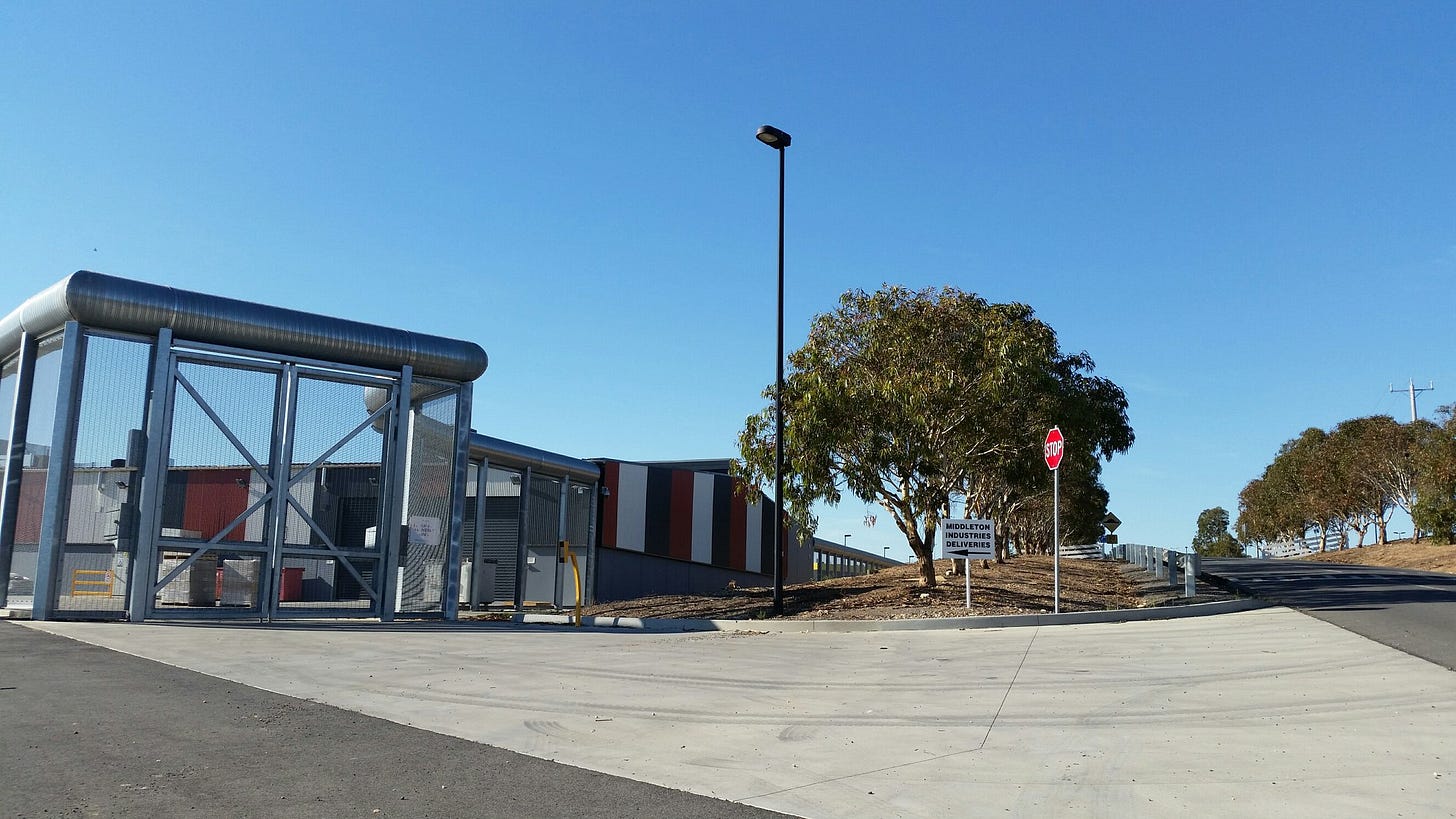The plan to close Victorian prisons
Victoria’s existing prisons are only 75 percent full, yet the state government continues to build more facilities.
Two prisons in Victoria would be closed and the hundreds of millions of dollars in savings redirected into crime prevention programs under a Greens state election pitch.
Victorian Greens justice spokesperson Tim Read announced the policy this week, which focuses on nearly immediately shutting down unnecessary prisons and other policies aimed at reducing the number of people incarcerated in the state in the first place.
Read says that two prisons in Victoria should be closed by mid-next year, with the $200 million-plus in savings from this to be spent on things like housing and early intervention programs.
This policy would work hand-in-hand with other Greens criminal justice reform pledges, including raising the age of criminal responsibility, decriminalising the possession of small amounts of drugs and reforms to Victoria’s strict bail laws, which would serve to reduce the state’s prison population in the longer term.
“If we’re at all serious about using public resources wisely then we would reform bail law and figure out what to do with our empty prisons,” Read says. “We’ve suggested closing a couple.
“The key thing here is that there’s a current excess of prison beds.”
Prisons in Victoria are currently at around 75 percent capacity, with a large new maximum security prison ready to be opened in the state’s west too.
The Greens policy suggested the closing of the Barwon and Loddon prisons, which currently hold just under 850 people in total. The initial policy proposal does not involve any of these people being released, but instead transferring them to existing facilities with free beds.
The closing of these two prisons would save $215.1 million over the next decade, according to the Parliamentary Budget Office.
Premier Dan Andrews responded to the proposal by mocking it, and claiming that it would see people released from prison, when this is not what the policy would serve to do.
“Where would those prisoners go?” Andrews said. “Would those prisoners go to Prahan or Windsor? Would they go to Flemington or Kensington? If you shut a prison and there’s prisoners in it - that are there because a magistrate or a judge has determined independently that those people should be incarcerated - where do those people go?”
Andrews neglected to mention that the state’s existing prisons have easily enough room to house those being incarcerated in the two prisons proposed to be closed.
The Ravenhall prison, run by US conglomerate GEO Group, has capacity for 1300 people and is currently holding 876 people, while Marngoneet has a capacity of 859 people but is holding only 654 people.
Read says the Premier’s comments are a “simple case of a deliberate misunderstanding”.
“It’s pretty standard practice for the government but it’s not a great way to have a policy discussion,” he says.
Read says he’s concerned that if existing prisons remain open and under-used, efforts will be made to ensure more people are incarcerated.
“The danger is that they will feel obliged to fill up the prison cells now that they’ve built them, and that might delay necessary criminal justice reform,” he says.
“Reform will require the government to not lose face - it’s sad that we have to think in those terms. They’ll need to think of some reasons for closing prisons and redeploying staff, they’ll have to come up with some justifications for what they’ve done.”



